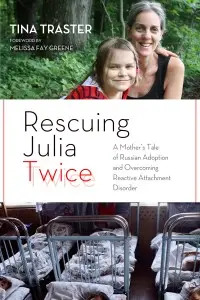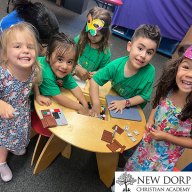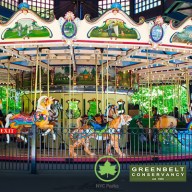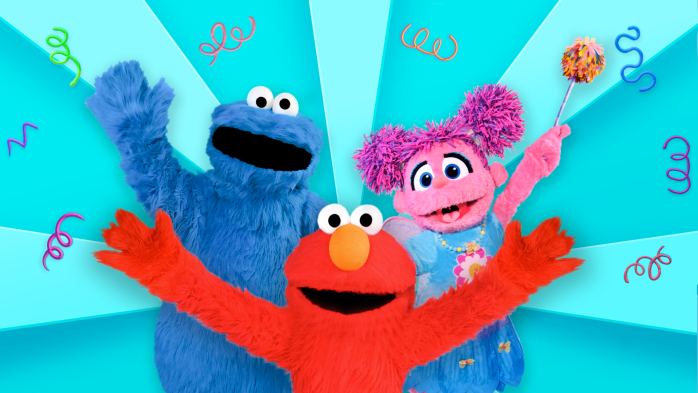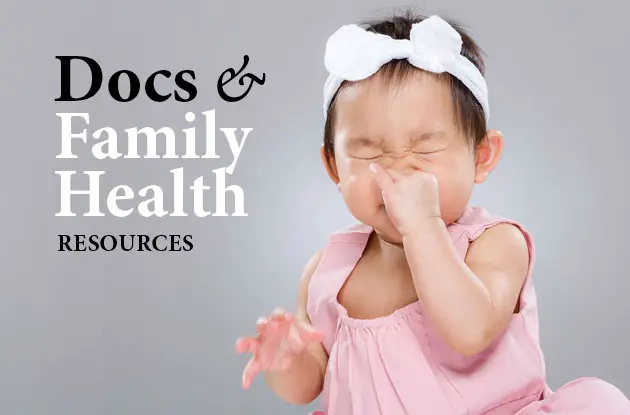Tina Traster, author and mother to a Russian-adopted daughter with Reactive Attachment Disorder, talks about her “aha moment,” warning signs of RAD, how she has treated her daughter’s RAD, and what she hopes readers take away from her book on the subject, Rescuing Julia Twice.
Q: When did you first suspect that something wasn’t right with your new daughter?
Traster: I knew early on something wasn’t right because my 8-month-old baby wouldn’t cling to me or look me in the eye. For a long time, I turned my doubt inward, believing I was unfit to be a mother. Then a series of signs woke me up. Signs like a lack of attachment to her nanny and others; a chance meeting with two Russian-adopted brothers at Julia’s first pre-school, which gave me a chance to observe their behavior; and a mention of Reactive Attachment Disorder by her pediatrician, who is schooled in internationally-adopted children.
Would you tell us about your “aha moment,” when it hit you that Julia suffers with Reactive Attachment Disorder?
One night, I caught a television interview of an adoptive mother of a Russian child who was serving time in prison for that child’s accidental death. Listening to her describe the child’s behaviors was chilling because I could identify. Though that mother was clearly filled with remorse, she described what it was like to try to parent a child who wouldn’t accept love. Seeing how her life spiraled out of control really scared me. I could never imagine being violent, but I knew I didn’t want to become that mother.
Would you give us a brief overview of RAD? It is an emotional, psychiatric, or neurological disorder?
RAD is a serious condition associated with infants and young children who have been neglected, abused, or orphaned in infancy. The traumatic break of the maternal bond, or the primal wound, as some call it, affects the child’s capacity to trust a primary caretaker.
RAD is difficult to diagnose. It is certainly an emotional and behavioral disorder, but many believe a young child’s brain is actually altered by lack of nurture in the early months or years of the child’s life.
What are some common warning signs of RAD? How early are they detectable in a child?
A core feature of RAD is severely inappropriate social relating, which manifests in two ways:
1. Indiscriminate and excessive attempts to receive comfort and affection from any available adult, even strangers.
2. Extreme reluctance to initiate or accept comfort and affection, even when especially distressed, from a familiar adult, particularly the primary caregiver or adoptive mother.
RAD children tend to be superficially charming and engaging among strangers they feel they can manipulate. Typically, these children have trouble making friends. They don’t make eye contact. They chatter incessantly and have a need to control everything and everyone They tend to be hyper-vigilant, hyperactive, have poor impulse control, and have trouble correlating cause and effect.
Looking back, all these behaviors were there from the start. Adoptive or foster care parents need to be educated and to have their antennae up, and not dismiss these behaviors as something a child will outgrow.
After extensive research, you and your husband decided to tackle Julia’s RAD without the help of a professional therapist or even a clinical diagnosis. What motivated your bold decision?
A few things. First, I’m a journalist. My husband is a trained lawyer (and a very smart man). We believed that if we read everything out there on RAD, we’d have a starting point. We immersed ourselves in the topic and decided we’d work together with Julia, our only child. We conferenced day and night on parenting techniques. It was like we were waging a war – and we were allies in strategic planning and execution. We agreed we’d try this first for a couple of months, and then keep evaluating our success, and if we didn’t see any progress we’d seek out professionals.
We were skeptical to begin therapy because we’d read a lot about cases in which people could not find therapists who were really trained in attachment and bonding. We also knew how effective we could be as a husband-and-wife team from having dealt with quite of bit of unrelated adversity during our years together before we adopted Julia. Our close and strong partnership was, and is, a critical component in keeping Julia and our family on a healing path.
Would you let us in on specific techniques that have worked for Julia? Will she ever be cured?
Dealing with a RAD child is a life-long endeavor because these children have been wounded at a primal level. For us, the key aspect of healing, rather than “curing,” Julia was getting her to bond and attach to us. The tricky thing about a RAD child is that she lacks instincts we view as natural. So we taught Julia to look us in the eye. We taught her empathy. We showed her that her attempts to create constant chaos failed because my husband and I employed a unified front. We worked tirelessly – and still do – to show her the correlation of cause and effect. We gave her “time-ins” rather than time outs because RAD children would prefer to isolate rather than integrate. We gave her the time and room she needed to show us affection, rather than imposing it upon her, and we provided good role models by being loving spouses and by keeping many animals who we love and treat very well. We’ve kept her life structured, disciplined, and healthy, with a good diet, a strict bedtime, and lots of outdoor exercise. Once she was verbal and ready to understand it, we explained why we will never abandon her.
What has being Julia’s mother taught you? What would you most like all the mothers out there, and especially adoptive mothers, to take away from Rescuing Julia Twice?
First and foremost, I’d like other mothers to know you are not alone. So many of us who are parenting internationally-adopted and foster-care children are living with deeply wounded children, and so many stars need to align for the healing to begin. As I’ve said, a good marriage is a necessary foundation. Patience and perseverance are the guiding pillars. Understanding RAD completely – by reading everything you can on the subject – can be a key beginning to helping your child. You may want to partner with a therapist who is qualified to treat RAD, but beware of the many professionals who are unskilled. Finally, and what Julia has taught me, is that an adoptive parent, or maybe any parent, must be willing to relinquish deep-seated expectations about what parenting or being a family means, and instead be open to a path that was unforeseen.
Tina Traster is the author of Rescuing Julia Twice: A Mother’s Tale of Russian Adoption and Overcoming Reactive Attachment Disorder. She is also an award-winning journalist whose work has appeared in publications such as the New York Times, Huffington Post, and Family Circle. Traster lives in Valley Cottage with her husband and daughter.











